To celebrate National DNA Day 2022, we spoke to renowned science communicator Professor Matthew Cobb about all things DNA-related, from Drosophila to Denisovans.
Please could you introduce yourself and tell us about your academic career as well as your career within science communication?
My name is Professor Matthew Cobb, and I'm a professor of Zoology at the University of Manchester. I started off studying for a degree in Psychology in the seventies.
In 1976, I was an undergraduate second year, and I read an article in New Scientist about some researchers in America who had made a Drosophila mutant that couldn't learn. When I read that, I thought that's amazing because the way they'd made the mutation meant that it was almost certainly a point mutation. So a single letter of DNA had been altered. As a result of that, this poor fly couldn't learn. As somebody interested in behavior, I thought, that's astonishing.
I didn't know that I happened to be in one of only two places in the UK at the time that studied Drosophila behavior genetics (The University of Sheffield). About two weeks later, we had a practical on Drosophila behavior genetics. I realized that this wasn't just something I could be impressed by but something I could study. I did my Ph.D. in Psychology and Genetics on Drosophila behavior in Sheffield. I spent 18 years in France studying Drosophila and Ant behavior. Then, I returned to the UK in 2002 and took up my job at Manchester, where I carried on using genetics to understand the sense of smell in Drosophila.
In terms of my science communication, I've always felt that it's important that scientists explain what they do to the general public. It's partly a moral obligation; I think scientists are paid indirectly by the public, and the public must understand the implications of the overall field. I have spent a great deal of time giving talks to the public, for example, on CRISPR gene editing. I've made radio programs and written books and articles too.
National DNA Day is a global movement to empower educators and students to learn about genetics and genomics. How important is it to encourage young people to engage in biology, specifically genetics, and in your opinion, how may educators best communicate complex scientific principles to a younger demographic?

Genetics provides us with a vast understanding of the whole of creation, including our history. Through the study of DNA, we can cure previously incurable diseases. For example, sickle cell disease affects millions of people worldwide. In particular, those of African origin. This disease is caused by a single mutation, just like the Drosophila mutation I mentioned earlier. A single base-pair change alters the shape of the hemoglobin molecule responsible for transporting oxygen in our blood. This mutation leads to people being anemic and experiencing disease symptoms like exhaustion and excruciating pain. In the 1950s, it was the first proof that a change in a single amino acid (the components that make up a protein) would alter the confirmation, structure, and shape of a molecule.
We now have it in our power to fix that single base pair change by either directly altering the gene in people's red blood cells or by the current most favored method, which is to increase the activity of another related gene, which will mean that people have normal hemoglobin in their blood. For young people, these techniques can provide astonishing insight into any organism you're interested in, from a human being to a fly. They can also lead to substantial changes and improvements in human health.
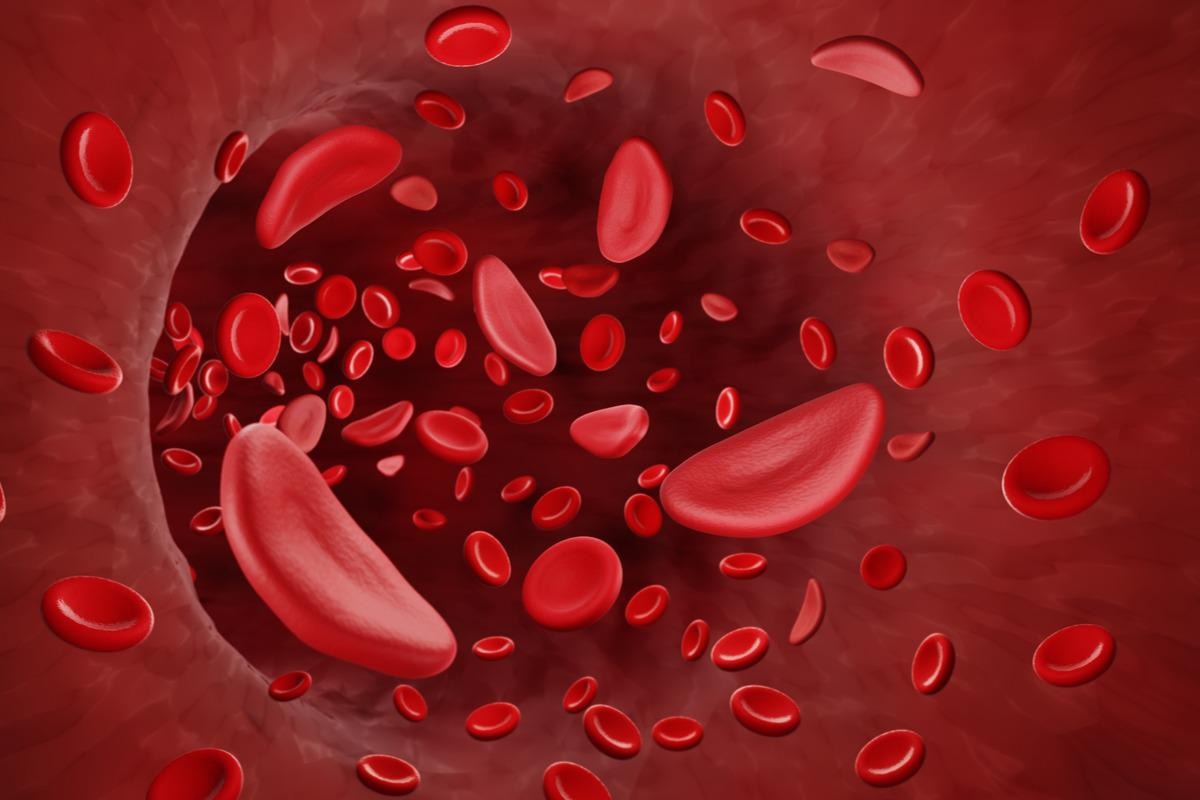
Image Credit: ART-ur/Shutterstock.com
Educators need to understand the topic fully, so they can judge what to skip over because you can't explain everything. That depends on what audience you're talking to, what level they're at, and your fundamental point, which can be complicated.
Researchers have to recognize that there is a power imbalance. Scientists have the knowledge, and science communication can help rebalance power by informing people to make decisions. Particularly in the case of genetics, there are a whole number of areas that the public needs to understand because there could be very significant changes that are coming, and this is too important to be left to the scientists, but that also requires scientists and their supporting organizations to be very clear and thoughtful about the way that they communicate their science.
Researchers have to understand that this work takes place in a social context and that their discoveries, if they're going to be applied, have to deal with issues of social equality and health inequality, which exist between countries and within countries.
In your book Life's Greatest Secret: The Race to Crack the Genetic Code, you chronicle the countless individuals who have contributed to the field of genetics and the understanding we have today. Other than those directly recognized by the day (those involved in the Human Genome Project in 2003 and the discovery of DNA's double helix in 1953), are there any 'unsung heroes' who deserve to be known outside the scientific community?
Until 1972/3, the only way to modify an organism's DNA was to create mutations by exposing the DNA to chemicals or x-rays. This would produce random changes in the organism, which would then be selected depending on which change was of interest. This is, for example, how most of our plant strains have been developed.
In 1972, a man called Paul Berg, working at Stanford, was able to introduce DNA from a microorganism and put it into bacterial cells or even in a human cell line. This principle that Berg demonstrated in 1972 has led to massive changes in the development of new crops and medicine.
Over the next year, that technique was developed to the extent that you could literally mix up DNA from any two species. The two people who developed that were Stan Cohen and Herb Boyer. Like Paul Berg, they developed a slight variation of this technique, which meant it was possible to fuse DNA from any two organisms.
With a very enthusiastic young man called Swanson, Boyer set up a company to commercialize recombinant DNA. The story of their company, Genentech, is absolutely remarkable. Anybody who takes insulin today takes insulin that has been made in one of these genetically modified microbes. Amazingly enough, it was on that same day that they went public on Wall Street that Paul Berg won his Nobel prize for his discovery of what was called recombinant DNA (the principle of being able to mix up DNA from any two species).
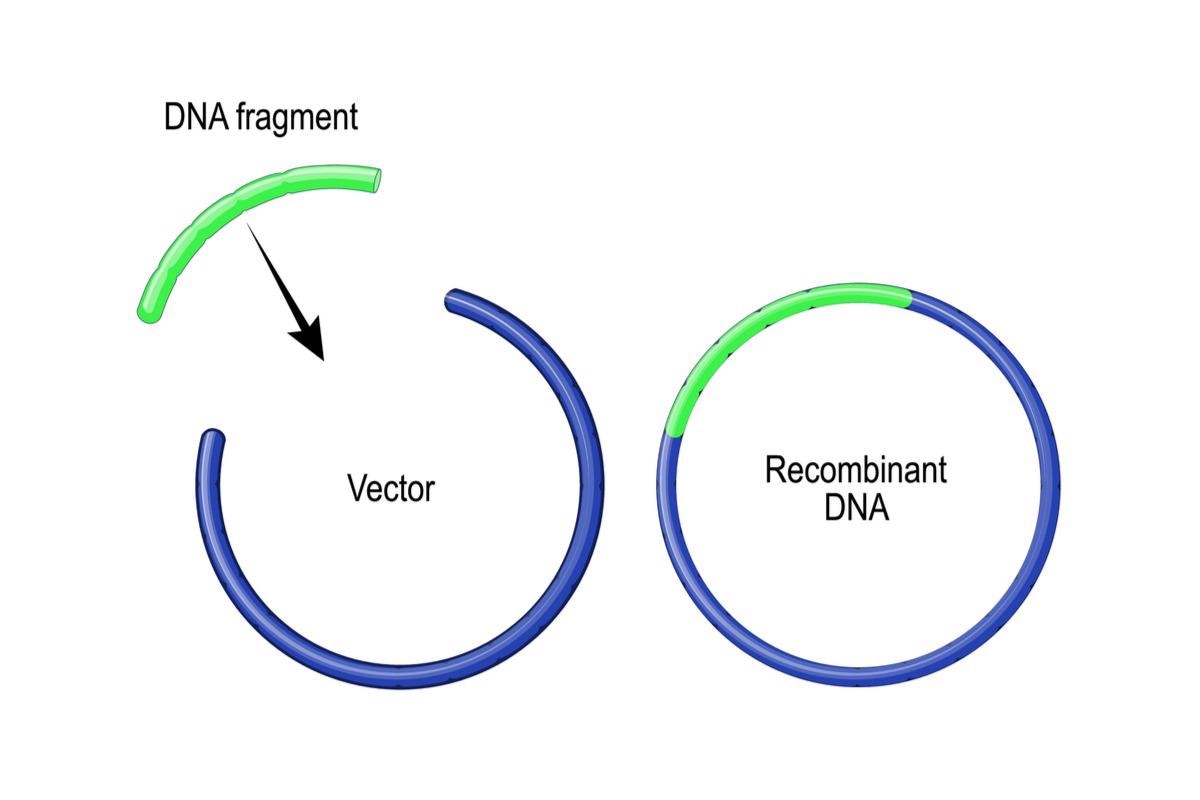
Image Credit: Designua/Shutterstock.com
These were ways of trying to find out fundamental things about how genes work and how they could be altered, but very quickly, that led to significant applications that continue to be used today. They underlie the whole principle of the techniques we used for cloning, for copying genes and led to the development of the PCR tests that we all know about today.
1972 is a fulcrum in the history of not only 20th-century science but also 20th-century culture. There wouldn't be any Jurassic Park without Berg, Boyer, and Cohen. This is something that has changed the world we live in and means we now do indeed live in the genetic age.
Part of National DNA Day's mission statement is "to discover a connection to the natural world." Are there any examples of genes or groups of genes shared by seemingly different organisms that leave you with a sense of wonder at the universality of DNA?
In 2010, Rasmus Nielsen from the University of California, Berkeley discovered a gene called EPAS1 associated with hemoglobin and oxygen absorption. A version of this gene was found in people who live in Tibet, high up in the mountains. Researchers found a difference between the ethnically Tibetan people, whose ancestors had persisted in this area for thousands of years, and the Han Chinese, who had lived there for two generations at most. Ultimately, it was found that those who were ethnically Tibetan possessed an EPAS1 gene variant which resulted in more efficient absorption of oxygen, advantageous in their high altitude environment.
In 2011, it was revealed that a tooth and a finger bone had been discovered in Siberia in the Altai Mountains in a cave once occupied by a hermit called Saint Dennis. These bones were strange because although this cave contained human remains from millennia, including Neanderthals, the tooth was huge and was not a human or Neanderthal tooth. Ancient DNA extraction and subsequent analysis revealed these bones to belong to a completely unknown lineage of humans called the Denisovans, after St. Dennis. Like the Neanderthals, it turned out that we shared genes with this as-yet-unnamed-human species through mating. It turns out that the EPAS1 gene that Tibetans have we "stole" from the Denisovans.
This example has told us not only that evolution by natural selection works at a molecular and has given us a great example in humans, but it's also completely, to everybody's massive surprise, showed how you can use genetics to understand very deep things about what it is to be human and our history.
In an age of disinformation, what are some common misconceptions/misunderstandings surrounding DNA that, if better communicated, would allow for a greater understanding of genetic principles?
Part of the problem is that we think there are genes for things, that genes directly determine particular characters. This can be true. For example, sickle cell disease is caused not only by a single gene but by a single base pair change. However, the vast majority of characters are incredibly complicated. For example, we all learn at school that if you've got blue eyes and your partner's got blue eyes and you have a baby, then the baby will have blue eyes because you've got two copies of the blue recessive gene each. It's a bit more complicated than that. The most recent study has found over 60 genes involved in eye color. Any single gene is unlikely, except in some rare examples that we identify with diseases to have a particular, very strong, and immutable effect. Most genes act in concert. We have about 20,000 genes, and they're all acting together, producing ourselves in interaction with the environment.
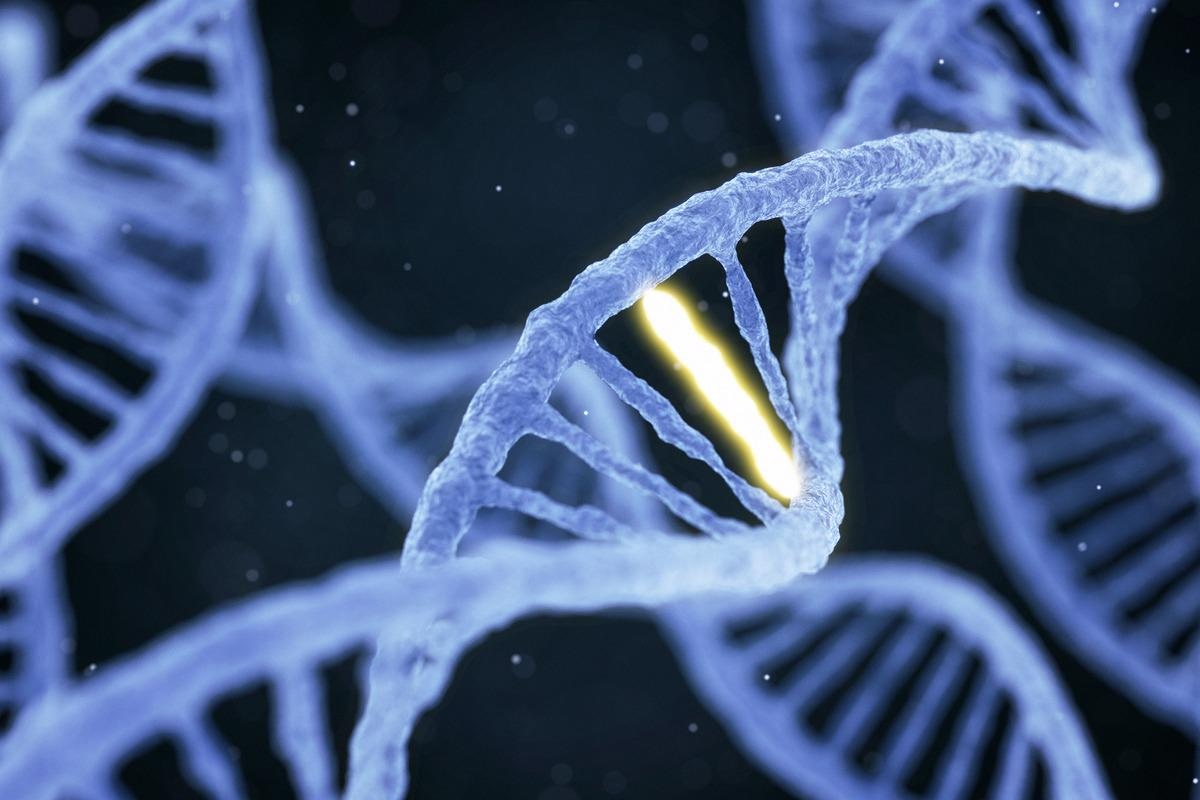
Image Credit: Konstantin Faraktinov/Shuterstock
Can you see a time when the metaphors we use to communicate genetics, based on computer science, become outdated as technology advances?
A metaphor or an analogy is a way of explaining something or grasping its nature by comparing it to something else. By definition, that's not exact because the two things are different. One of the things that we talk about is the sequence of bases as information. This abstract concept means you could compare a computer to a gene. People talk about a genetic program and the idea that if you run a computer program, it does what you want it to do. The information conveyed in a gene enables the cell to act on chemicals within it and outside it. Still, it's not as simple as comparing it to a computer because it's interacting with the outside world in a way that computers don't.
Some of the ideas are quite deep and hard to shake. For example, the genetic code. That's the relationship between groups of four letters of DNA, A, C, T, and G. We've got four letters in our DNA and these letters form in groups of three. The relationship between each of those three letters and the amino acid that it encodes is called the genetic code, the basis of how a gene tells the cell to make a protein. The problem is, it isn't a code at all. A code suggests it's been designed. Really, it is just a way of biochemistry happening consistently in a cell. The way that life has gotten fixed in what Francis Crick called "a frozen accident."
Maybe when we get more complex and richer devices that will enable us to understand the way that genes and the environment are interacting more fruitfully and insightfully, we will be provided with an analogy that gives people a greater grasp of what is taking place when we speak about the transfer of information in genetics.
Working within the realm of science history, there is a lot of looking backward. Looking forward, what are the latest advancements in genomic research that you can see having a lasting impact on the field of genetics?
We've got increasingly accurate ways of manipulating genes. For example, CRISPR/Cas9, often presented as a pair of molecular scissors, allows you to alter particular pieces of DNA in any organism. It was first invented in 2012, and Jennifer Doudna and Emmanuelle Charpentier won the Nobel Prize in Chemistry for their work on CRISPR.
However, this technique turns out to be a lot more complicated than we thought, and we now know that different organisms respond to CRISPR in different ways. In human cells, the effect of CRISPR differs depending on what kind of cell you're manipulating and at what point in the cell cycle. We now know CRISPR technology can produce quite massive unexpected changes. Whole chromosomes can be lost, which wouldn't matter if you're doing it in a fly. But in a cell, you want to be confident that it will function correctly.
Perhaps more significantly, I think that we recognize there is no human genome. There are only human genomes. We now know that populations in Africa have been heavily underrepresented in genomic investigation. Most of the genomes that we've studied have been from white people. We all come from Africa, and basic biology tells us that the population of origin of any species will have the greatest amount of variation. We know that there are about three billion base pairs in the human genome, but there are far more base pairs in the genome of indigenous African populations.
There is an unrecognized genetic variation of the human species that originated in Africa. This is very significant for understanding our history, developing new drugs and treatments, and understanding different genetic susceptibilities to particular diseases. I think that understanding the significance of our complexity, richness, and variability is still something we're beginning to grasp.
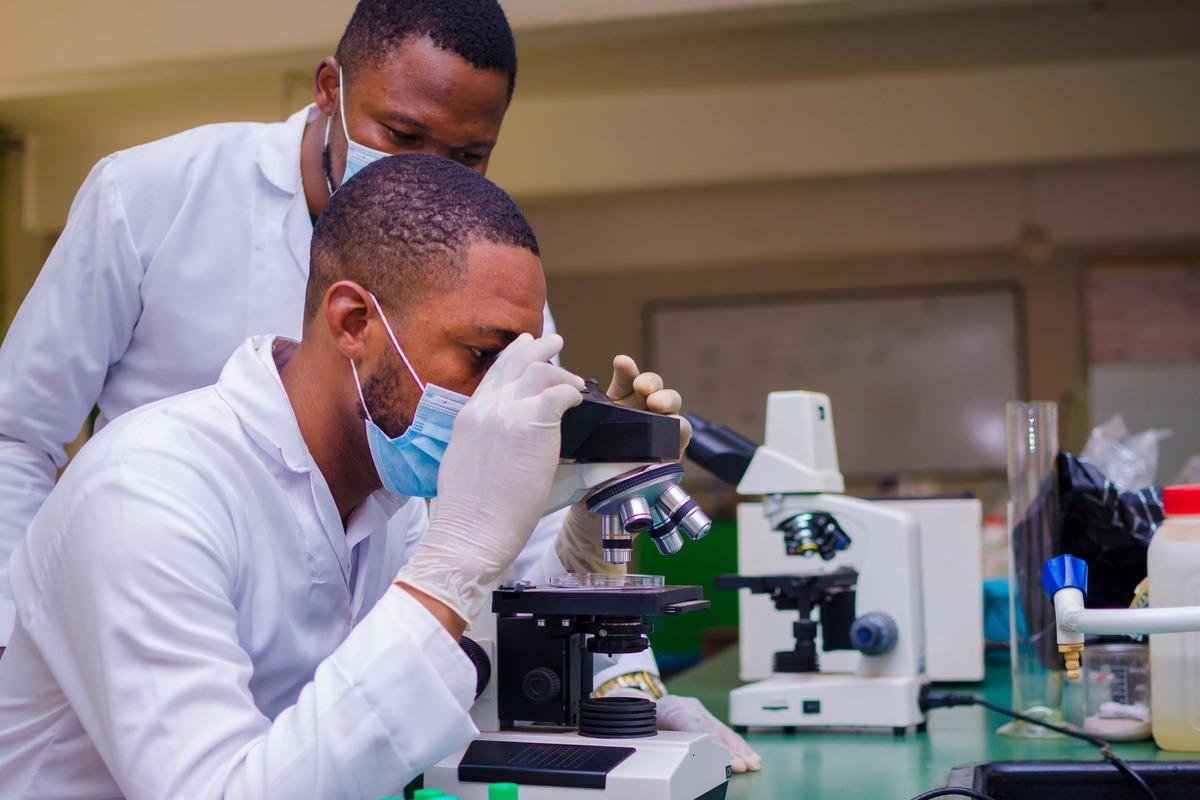
Image Credit: vic josh/Shutterstock.com
For nearly 20 years, National DNA Day has been celebrated. Why is it important to continue honoring past discoveries and future innovations in a post-pandemic planet also experiencing climate change?
In reference to mRNA COVID-19 vaccines, we can then change the RNA molecule that we will inject into people. These vaccines are reproduced using fundamentally the same techniques I was talking about that Berg, Boyer, and others developed back in the 1970s. You need to understand that past because people are understandably scared, particularly when terrible things happen, like the pandemic. They're going to come up with all sorts of ideas because they are worried, which is quite understandable. I think showing the depth of our understanding, and the exquisite control we can have over safety is very significant.
There are amazing possibilities in the future, particularly in medical science. Still, I'm also very concerned about certain aspects of science. For example, the CRISPR-driven technique called "gene drive" is effectively a self-replicating alteration, which will spread exponentially through the population. While genes drives could engineer mosquitoes to no longer be vectors for the malaria virus, these engineered characters might not remain under control within a population or even species. I think a lot of thought needs to go into them before we start trying to alter ecosystems.
Genetics is the only science that has ceased research four times because scientists thought it was dangerous. This shows the power of genetics, the long tradition of having a social conscience that geneticists have demonstrated, and the need for the general public to be involved and understand what's going on.
You have had an incredible career. What has been the proudest moment of your career so far?
I study the sense of smell, and with some colleagues, we are interested in a gene in humans that is very unusual. In general, each of those receptors will respond to hundreds, thousands, or perhaps millions of different odors. But in the human genome, we have a particular gene called OR7D4, which encodes a receptor for a particular smell called Androsterone, often sold as a sex pheromone. The interesting thing is that there's a huge variation in how people respond to the smell. If it is known how you respond to it, the DNA sequence of your OR7D4 gene is known exactly. This is a very tight example between DNA and phenotype. How exactly that works in the cell, we don't know. But there's something in the way that the shape of the receptor molecule differs slightly, altering how the neuron responds, producing a change in our perception.
I was out for a run one day; I was thinking idly about our work. Suddenly I stopped, not only because I'm lazy, but because I was so stunned by its simplicity. I thought if we know the DNA and we can then predict the phenotype, what about the Neanderthals? What about the Denisovans? They had this receptor because between a Neanderthal and a human, there were only 96 significant differences in our DNA. It turned out that the Neanderthal had the same version of the gene as people in Africa. So they would've thought it smelled absolutely disgusting. The Denisovans were very interesting because we've only got a few genomes from them. Still, they had one variant we've not seen in any human being. So we had to find out what that did. We recreated this cell as a way to recreate the Denisovan nose. We studied this in a cell line, and to our great disappointment, it made no difference, but that doesn't matter. The principle is you can use genetics to understand something about the sensory world of past populations.
During lockdown, I found it intensely difficult to concentrate on anything. Like everybody, I was anxious and doom scrolling. But to my great surprise, I could work on writing a book on the history of genetic engineering (UK: entitled “The Genetic Age,” published 09/01/2022; the USA, entitled “As Gods,” published 11/15/2022). At the end of 2020, I emailed the BBC radio science department and said, "Why don't we make a radio program about the history of genetic engineering? They said yes, and we made a three-part series called Genetic Dreams, Genetic Nightmares, in which I talked to all of the major players in genetic engineering. This includes Paul Berg and Herb Boyer. We were able to tell the story of both the discoveries, the arguments, the protests, the vast sums of money made, and the changes brought in particular in the pharmaceutical industry through genetic engineering. But also the future, where we are going in particular in terms of gene drives and alteration of the human genome.
Talking to all these people was an honor. It was a privilege to talk to people who have changed the way the world is.
Where can readers find more information?
About Professor Matthew Cobb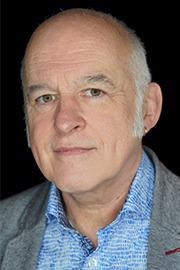
Matthew Cobb is a Professor of Zoology at the University of Manchester, where he researches the sense of smell and the history of science. He has won awards for his teaching and for his outreach work, most recently receiving the 2021 Haldane Lecture from the Genetics Society. He is also a broadcaster, making radio programs for the BBC, including the 2021 series Genetic Dreams, Genetic Nightmares. In 2015 he published Life’s Greatest Secret: The Race to Crack the Genetic Code, and his new book, The Genetic Age: Our Perilous Quest to Edit Life, is out in September.